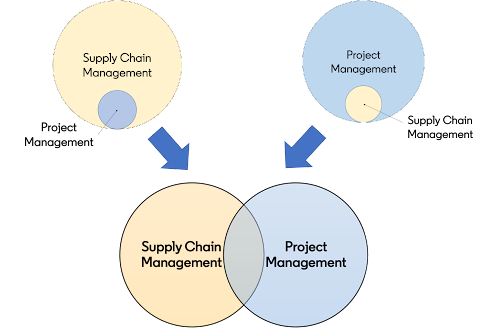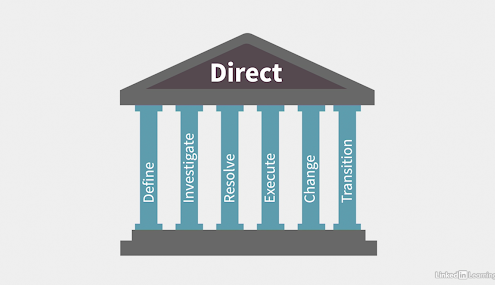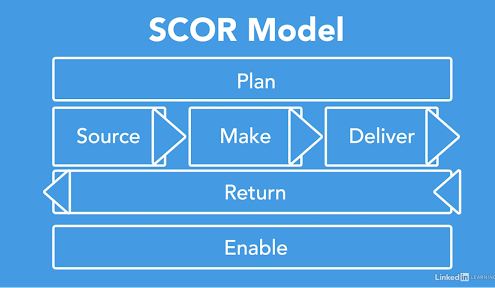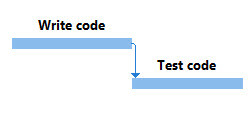Determine Your Minimum Viable Product
A key to success in an agile project environment is to determine your Minimum Viable Product (MVP) — that is, the smallest, quickest-to-develop product that provides business value. With passionate stakeholders, keeping the MVP to a minimum can be a challenge. Here are steps to help you define your MVP.
- Understand the pain or opportunity. Take the time to understand the source of a problem (the pain) or the envisioned improvement (an opportunity). Analyze processes analysis to further understand the source of pain or opportunity. How can you generate value by adding/removing/creating new steps in a process? Your goal in producing a valid, minimal MVP is to minimize the number of process changes to achieve an improvement.
- Sit at your customer’s desk (literally, if possible) and watch how they perform their job. Watch for anything that represents manual activity: duplicate data entry, data verification or handoffs to another person or department. Many of these inefficiencies are taken for granted when collecting requirements. Observing someone at work can flag these as candidates to include in your MVP. If your customer shares other requirements during your “customer desk time,” ask them to show you what they envision. Be sure they use their current processes and tools to do so. Sketch things out on a whiteboard. Make sure you understand the advantages of their proposal.
- Prioritize the features that surface. And be persistent! You may collect a lot of potential features while you sit at your customer’s desk. Use your observations to identify the most impactful features. If you are having trouble prioritizing, use the pairwise comparison approach. Take each feature and pair it with another. Then ask which one would you prefer to have. Do that for every possible pair of features, and you’ll have a prioritized list.
- Iterate building a prototype until you generate business value. Generating ANY business value means you have created an MVP. That is, if your prototype shows evidence of delivering a positive business outcome, you have an MVP. Share it with your customers and assure them that you can continue to add more features and enhance business value. Doing this avoids the trap of an MVP not being a true minimum, but rather a set of features that address more than one point of pain or opportunity. Stick to the literal definition – a minimum solution – and you’ll be sure to generate the MVP agile was designed to produce.
What else do you do to identify the minimum viable product in your agile projects? What questions do you have about identifying a true minimum product? Share with us in the comments section.
For more about minimum viable product, check out Daniel Stanton’s Project Management Tips course.
Coming Up
On May 18 at 4PM MT, I will be joining Christina Charenkova to talk about how Project Managers and Change Managers collaborate on things like scope, communication, and stakeholder management. We’ll discuss how to use and clarify roles and plans, avoid pitfalls, and collaborate better for awesome outcomes! Sign up here: https://www.linkedin.com/events/7056412593510363136
On June 1st at 11AM MT, Todd Dewitt will join me to talk about how to build better relationships – by learning to overcome our own fears and also by building rapport with others through empathy and mutual respect. Todd will be sharing some of the insights and strategies from his new book, Dancing with Monsters. I’m a big believer in relationship-building, so I’m looking forward to this conversation. I hope you’ll join us and bring your questions and challenges!
https://www.linkedin.com/events/betterrelationships-betterresul7060330084796170240
_______________________________________
This article belongs to the Bonnie’s Project Pointers newsletter series, which has more than 36,000 subscribers. This newsletter is 100% written by a human (no aliens or AIs involved). If you like this article, you can subscribe to receive notifications when a new article posts.
Want to learn more about the topics I talk about in these newsletters? Watch my courses in the LinkedIn Learning Library and tune into my LinkedIn Office Hours live broadcasts.
_______________________________________











